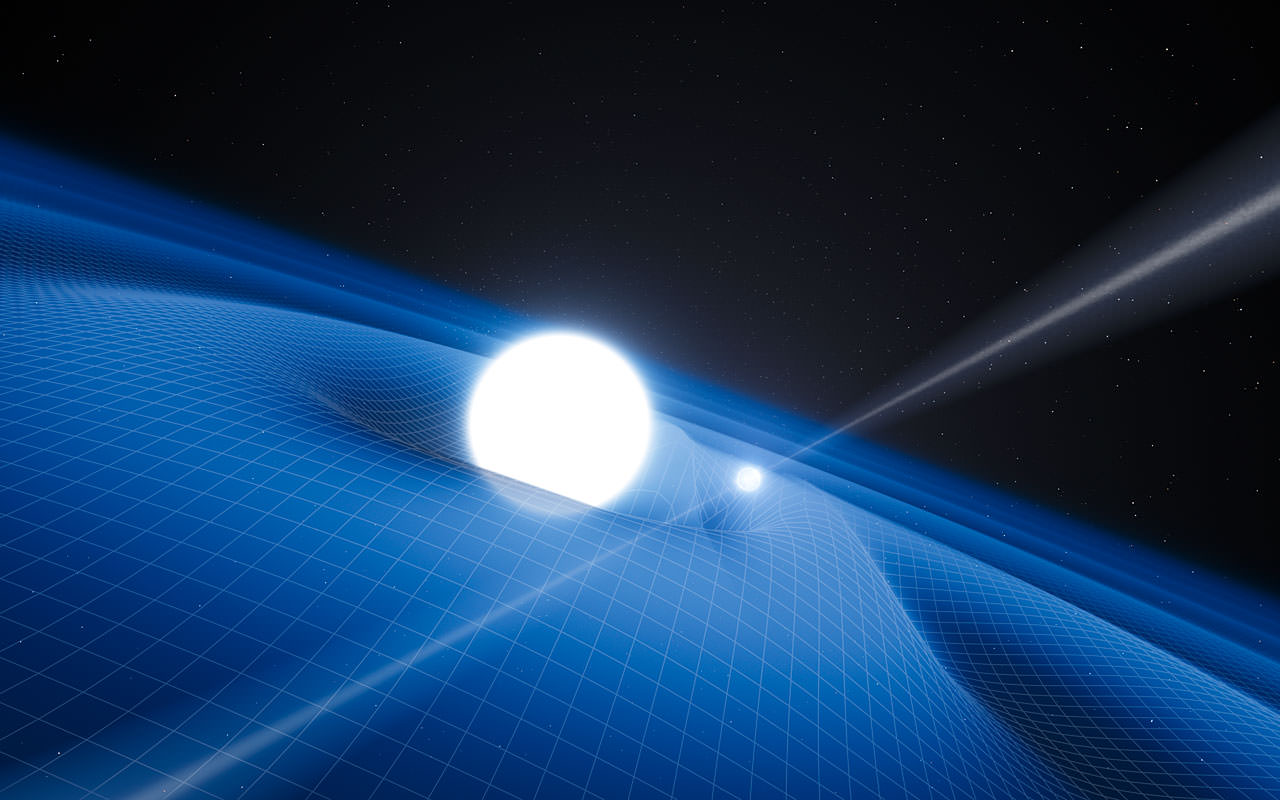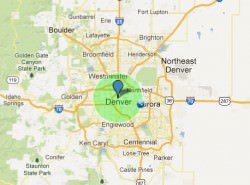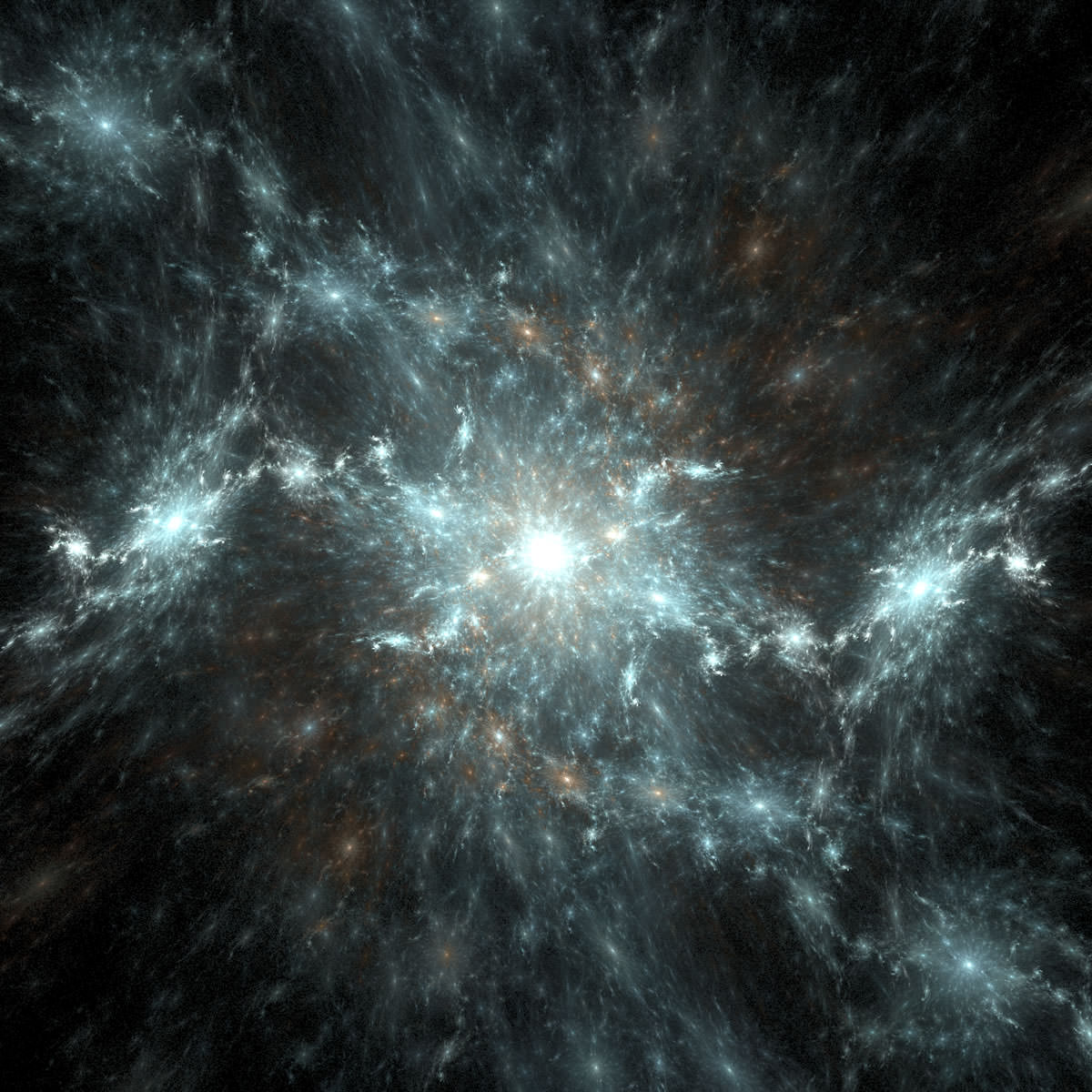Gravitational lensing is a concept where dark matter distorts space revealing its presence through its interaction with light. ESA’s Euclid mission is mapping out the gravitational lensing events to chart the large scale structure of the Universe. Euclid is also expected to discover in excess of 170,000 strong gravitational lensing features too. AI is expected to help achieve this goal but machine learning is still in its infancy so human beings are likely to have to confirm each lens candidate.
Continue reading “Euclid Could Find 170,000 Strong Gravitational Lenses”Black Holes: Why study them? What makes them so fascinating?
Over the last few months, Universe Today has explored a plethora of scientific fields, including impact craters, planetary surfaces, exoplanets, astrobiology, solar physics, comets, planetary atmospheres, planetary geophysics, cosmochemistry, meteorites, radio astronomy, extremophiles, and organic chemistry, and how these various disciplines help scientists and the public better understand our place in the cosmos.
Continue reading “Black Holes: Why study them? What makes them so fascinating?”Einstein Right Again! Rapidly Spinning Pulsar Follows General Relativity

A unique and exotic laboratory about 6,800 light-years from Earth is helping Earth-based astronomers test Albert Einstein’s theory of general relativity in ways not possible until now. And the observations exactly match predictions from general relativity, say scientists in a paper to be published in the April 26 issue of the journal Science.
Using ESO’s Very Large Telescope along with other radio telescopes, John Antoniadis, a PhD student at the Max Planck Institute for radio Astronomy (MPIfR) in Bonn and lead author of the paper, says the bizarre pair of stars makes for an excellent test case for physics.
“I was observing the system with ESO’s Very Large Telescope, looking for changes in the light emitted from the white dwarf caused by its motion around the pulsar,” says Antoniadis. “A quick on-the-spot analysis made me realize that the pulsar was quite a heavyweight. It is twice the mass of the Sun, making it the most massive neutron star that we know of and also an excellent laboratory for fundamental physics.”
The strange pair consists of a tiny and unusually heavy neutron star that spins 25 times per second. The pulsar, named PSR J0348+0432 is the remains of a supernova explosion. Twice as heavy as our Sun, the pulsar would fit within the confines of the Denver metropolitan area; it’s just 20 kilometers across or about 12 miles. The gravity on this strange star is more than 300 billion times stronger than on Earth. At its center, where the intense gravity squeezes matter even more tightly together, a sugar-cubed-sized block of star stuff would weight more than one billion tons. Only three other pulsars outside globular clusters spin faster and have shorter periods.

As a consequence, radio astronomers Ryan Lynch and colleagues who discovered the pulsar in 2011, realized the pair would enable scientists to test theories of gravity that were not possible before. Einstein’s general theory of relativity describes gravity as a curvature in spacetime. Like a bowling ball nestled in a stretched bedsheet, spacetime bends and warps in the presence of mass and energy. The theory, published in 1916, has withstood all tests so far as the simplest explanation for observed astronomical phenomena. Other theories of gravity make different predictions but these differences would reveal themselves only in extremely strong gravitational fields not found within our solar system. J0348+0432 offered the opportunity to study Einstein’s theory in detail.
This video shows an artist’s impression of the exotic double object known as PSR J0348+0432. This system is radiating gravitational radiation, or ripples, in spacetime. Although these waves cannot be yet detected directly by astronomers on Earth they can be detected indirectly by measuring the change in the orbit of the system as it loses energy. Credit: ESO/L.Calçada
Antoniadis’ team combined observations of the white dwarf from the European Southern Observatory’s Very Large Telescope with the precise timing of the pulsar from other radio telescopes, including the Green Bank Telescope in West Virginia, Effelsberg 100 meter radio telescope in Germany, and the Arecibo Observatory in Puerto Rico. Astronomers predict such close pulsar binaries radiate gravity waves and lose minute amounts of energy over time causing the orbital period of the white dwarf companion to change slightly. The astronomers found that predictions for this change closely matched those of general relativity while competing theories were different.
“Our radio observations were so precise that we have already been able to measure a change in the orbital period of 8 millionths of a second per year, exactly what Einstein’s theory predicts,” states Paulo Freire, another team member, in the press release.
Sources:
ESO: Einstein Was Right – So Far
Astrophysical Journal: The Green Bank Telescope 350 MHz Drift-scan Survey II: Data Analysis and the Timing of 10 New Pulsars, Including a Relativistic Binary
Aspen Center for Physics Physical Application of Millisecond Pulsars meeting January 2013: The Compact Relativistic Binary PSR J0348+0432
A Crinkle in the Wrinkle of Space-time
Albert Einstein’s revolutionary general theory of relativity describes gravity as a curvature in the fabric of spacetime. Mathematicians at University of California, Davis have come up with a new way to crinkle that fabric while pondering shockwaves.
“We show that spacetime cannot be locally flat at a point where two shockwaves collide,” says Blake Temple, professor of mathematics at UC Davis. “This is a new kind of singularity in general relativity.”
Temple and his collaborators study the mathematics of how shockwaves in a perfect fluid affect the curvature of spacetime. Their new models prove that singularities appear at the points where shock waves collide. Vogler’s mathematical models simulated two shockwaves colliding. Reintjes followed up with an analysis of the equations that describe what happens when the shockwaves cross. He dubbed the singularity created a “regularity singularity.”
“What is surprising,” Temple told Universe Today, “is that something as mundane as the interaction of waves could cause something as extreme as a spacetime singularity — albeit a very mild new kind of singularity. Also surprising is that they form in the most fundamental equations of Einstein’s theory of general relativity, the equations for a perfect fluid.”
The results are reported in two papers by Temple with graduate students Moritz Reintjes and Zeke Vogler in the journal Proceedings of the Royal Society A.
Einstein revolutionized modern physics with his general theory of relativity published in 1916. The theory in short describes space as a four-dimensional fabric that can be warped by energy and the flow of energy. Gravity shows itself as a curvature of this fabric. “The theory begins with the assumption that spacetime (a 4-dimensional surface, not 2 dimensional like a sphere), is also “locally flat,” Temple explains. “Reintjes’ theorem proves that at the point of shockwave interaction, it [spacetime] is too “crinkled” to be locally flat.”
We commonly think of a black hole as being a singularity which it is. But this is only part of the explanation. Inside a black hole, the curvature of spacetime becomes so steep and extreme that no energy, not even light, can escape. Temple says that a singularity can be more subtle where just a patch of spacetime cannot be made to look locally flat in any coordinate system.
“Locally flat” refers to space that appears to be flat from a certain perspective. Our view of the Earth from the surface is a good example. Earth looks flat to a sailor in the middle of the ocean. It’s only when we move far from the surface that the curvature of the Earth becomes apparent. Einstein’s theory of general relativity begins with the assumption that spacetime is also locally flat. Shockwaves create an abrupt change, or discontinuity, in the pressure and density of a fluid. This creates a jump in the curvature of spacetime but not enough to create the “crinkling” seen in the team’s models, Temple says.
The coolest part of the finding for Temple is that everything, his earlier work on shockwaves during the Big Bang and the combination of Vogler’s and Reintjes’ work, fits together.
There is so much serendipity,” says Temple. “This is really the coolest part to me.
I like that it is so subtle. And I like that the mathematical field of shockwave theory, created to address problems that had nothing to do with General Relativity, has led us to the discovery of a new kind of spacetime singularity. I think this is a very rare thing, and I’d call it a once in a generation discovery.”
While the model looks good on paper, Temple and his team wonder how the steep gradients in spacetime at a “regularity singularity” could cause larger than expected effects in the real world. General relativity predicts gravity waves might be produced by the collision of massive objects, such as black holes. “We wonder whether an exploding stellar shock wave hitting an imploding shock at the leading edge of a collapse, might stimulate stronger than expected gravity waves,” Temple says. “This cannot happen in spherical symmetry, which our theorem assumes, but in principle it could happen if the symmetry were slightly broken.”
Image caption: Artist rendition of the unfurling of spacetime at the beginning of the Big Bang. John Williams/TerraZoom



